
The Silent Struggle
A dark umbrella looms over the youth in America and around the world, and the weight upon the shoulders of those who bare it is becoming insufferable.
Teen depression/mental health is a legitimate crisis that we are in the throes of witnessing. “…anxiety problems, behavior problems, and depression are the most commonly diagnosed mental disorders in children” (CDC, 2023). Amongst children aged 3-17 years in 2016-2019, millions suffer from:
- Anxiety 9.4% (approximately 5.8 million)
- Behavior problems 8.9% (approximately 5.5 million)
- Depression 4.4% (approximately 2.7 million)
- Of those 2.7 million, 15.1% had a major depressive episode and 36.7% had persistent feelings of sadness or hopelessness (CDC, 2023).
As if these numbers weren’t staggering enough, many children/teens who suffer from depression also suffer from other additional ailments:
- Having another mental disorder was most common in children with depression: about 3 in 4 children with depression also had anxiety (73.8%) and almost 1 in 2 had behavior problems (47.2%) (CDC, 2023).
 Attempting to understand why these conditions co-exist, a study was done in 2019 where brain scans were compared in those with current mental health conditions to those with no diagnosis. They found “that people suffering from mental illnesses had decreased activity in parts of the brain that are involved in stopping cognitive processes and switching to new ones. In other words, people suffering from depression, anxiety, or PTSD were less able to turn off those thoughts and feelings and switch to different thoughts and feelings. The results of the brain scans showed that they also had trouble switching from one task to the next” (Paradigm Treatment Center, 2020).
Attempting to understand why these conditions co-exist, a study was done in 2019 where brain scans were compared in those with current mental health conditions to those with no diagnosis. They found “that people suffering from mental illnesses had decreased activity in parts of the brain that are involved in stopping cognitive processes and switching to new ones. In other words, people suffering from depression, anxiety, or PTSD were less able to turn off those thoughts and feelings and switch to different thoughts and feelings. The results of the brain scans showed that they also had trouble switching from one task to the next” (Paradigm Treatment Center, 2020).
An inability to “turn off” these feelings coupled with enduring consistent anxiety and depression without hope and a network of support, children/teens often turn to damaging coping mechanisms.
- For adolescents, depression, substance use, and suicide are important concerns. Among adolescents aged 12-17 years in 2018-2019:
- 1% had a substance use disorder.
- 6% had an alcohol use disorder.
- 2% had an illicit drug use disorder.
- 8% seriously considered attempting suicide.
- 7% made a suicide plan.
- 9% attempted suicide.
- 5% made a suicide attempt requiring medical treatment (CDC, 2023).
 These statistics are the unfortunate reality for countless young individuals who battle depression and anxiety, a silent yet disabling struggle that often goes unnoticed. Depression among today’s youth is a pressing concern that demands our attention and understanding, and we aim to not only raise awareness but also provide potential solutions and coping mechanisms to deal with the unrelenting depression and anxiety suffocating today’s youth.
These statistics are the unfortunate reality for countless young individuals who battle depression and anxiety, a silent yet disabling struggle that often goes unnoticed. Depression among today’s youth is a pressing concern that demands our attention and understanding, and we aim to not only raise awareness but also provide potential solutions and coping mechanisms to deal with the unrelenting depression and anxiety suffocating today’s youth.
Defining Depression and Anxiety
It’s important to properly analyze the terms depression and anxiety before we continue. There is a certain stigma to these terms, especially for young people: often they are dismissed because some feel it’s “hormonal” or just a “typical” teenage emotion. This is in fact not true, and incredibly damaging to those who suffer from it.
According to the American Psychiatric Association (2023), “depression causes feelings of sadness and/or a loss of interest in activities you once enjoyed. It can lead to a variety of emotional and physical problems and can decrease your ability to function at (school) and at home”.
It’s also important to note that symptoms of depression and anxiety in children and teens can differ from those in adults:
- Sadness or irritability that doesn’t go away or diffuse.
- Children/teens that cannot move past feelings of hopelessness, sadness, or grief for an indiscernible amount of time.
- Unexplained minor illnesses, aches, and pains.
- Aches and pains can manifest through stress and depression – it doesn’t mean that they are “making it up” but rather their mental state is causing an imbalance in the body.
- Persistent changes in eating habits.
- Major weight gain/loss can indicate an eating disorder and depression/anxiety.
- Changes in sleeping patterns.
- Children/teens can go from one extreme to the other – insomnia or excessive sleep – when they are anxious or depressed.
- Bad grades/behavior and shorter attention span.
- Depression and anxiety can remove the motivation to succeed and cause issues with focusing on school, extracurricular activities, etc. (Paradigm Treatment, 2020).
While understanding the signs and symptoms of depression and anxiety is crucial, it’s equally vital to explore the underlying causes that contribute to the prevalence of these mental health challenges among children and teenagers. By unraveling the factors that trigger depression and anxiety, we can gain deeper insights into the complex web of influences that impact the emotional well-being of our youth.
Causes
Unfortunately, determining the “why” is not relatable to a singular factor, but rather a convergence of various elements that contribute to these mental health challenges among our youth. From biological predispositions and genetic factors to environmental stressors and societal pressures, the causes of depression and anxiety in young people today are multifaceted and interconnected.
Some identifiable causes of depression and anxiety include (but are not limited to):
- Genetics: Teenagers with a family history of mood or anxiety disorders may be at higher risk of developing them.
- Trauma: Teenagers with a history of trauma — such as sexual abuse, violence, or involvement in an accident — may be more likely to experience anxiety and depression.
- Environment: A teenager’s social, school, and home environments can have an impact on their mental health. Difficulties such as abuse and neglect, divorce in the family, being bullied, poverty, learning disabilities, and struggling to fit in can all contribute to depression and anxiety (C. Jeng, 2021).
Most, if not all, of these causes of depression and anxiety may feel inescapable for children and teens. Poverty and a tumultuous home life can create a barrier for many as they feel trapped – and even worse if the abuse comes from a trusted source.
Additionally, children and teens from low-income households are at the mercy of their support system which may be lacking due to accessibility and affordability.
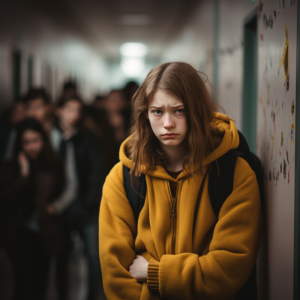 “There is also incredibly strong evidence that poverty negatively impacts children’s mental health. For example, a study using three waves of longitudinal data found that persistent poverty was associated with depression and antisocial behavior. A study that examined trajectories of depressive symptoms across adolescence and young adulthood found that most of the racial/ethnic differences in depression were explained by socioeconomic status and stressful events. Another study found that 22 % of low-income adolescents were depressed compared to 11, 9, and 6 % of adolescents living in low-middle, middle-high, and high socioeconomic status conditions” (National Library of Medicine, 2013).
“There is also incredibly strong evidence that poverty negatively impacts children’s mental health. For example, a study using three waves of longitudinal data found that persistent poverty was associated with depression and antisocial behavior. A study that examined trajectories of depressive symptoms across adolescence and young adulthood found that most of the racial/ethnic differences in depression were explained by socioeconomic status and stressful events. Another study found that 22 % of low-income adolescents were depressed compared to 11, 9, and 6 % of adolescents living in low-middle, middle-high, and high socioeconomic status conditions” (National Library of Medicine, 2013).
Finally, we must not neglect the imminent issues that include the prevalent use of social media and the preconceived beauty standards that exist within the media. A combination of these factors and more are battering our youth, placing them between a standard they may find unachievable and the acceptance of characteristics they cannot change.
A survey conducted by the Royal Society for Public Health asked 14-24 year olds in the UK how social media platforms impacted their health and wellbeing. The survey results found that Snapchat, Facebook, Twitter and Instagram all led to increased feelings of depression, anxiety, poor body image and loneliness (R. Ehmke, 2022).
Negative societal influences across the board permeate our atmosphere, and children/teens are inevitably more susceptible. Through traumatic events, turbulent home life situations, poverty, and even peer pressure both in person and online, children and teens are feeling the burden today more than ever before.
The Solutions
Across the board, doctors and mental health care providers recommend a combination of therapies: medicinal (if properly diagnosed by a medical professional), psychiatric support, and at-home therapeutic remedies such as:
- Exercising and staying active, even if it only involves a short daily walk.
- Spending time with friends and family.
- Breaking up large tasks into smaller, simpler, more manageable ones.
- Trying to maintain a regular sleep schedule.
- Eating a healthy diet (C. Jeng, 2021).
 It has also been proven that purpose driven education or skill acquisition is another avenue to build self-confidence, learn to maintain self-control and self-discipline, and give children and teens who may feel forgotten the validation they need.
It has also been proven that purpose driven education or skill acquisition is another avenue to build self-confidence, learn to maintain self-control and self-discipline, and give children and teens who may feel forgotten the validation they need.
Through programs that Believing Through Achieving promotes, youth can acquire these skill sets and build a solid, strong foundation for themselves. The partnership with Achieve Martial Arts is an excellent example of purpose driven education through gamification models that motivate and inspire students to excel. In addition, the inherent benefits of training in martial arts allow young people to set their focus on building themselves up to achieve higher belt ranks and climb the leaderboard that Achieve has designed.
Depressed and anxious youth need a trusted outlet where they can work towards achievement in a skill that means something to them. If we can provide a safe place to train where physical, mental, and emotional benefits are abundant, their opportunities to succeed are clear.
It is imperative that we continue to advocate for awareness, support, and targeted interventions to address these issues and provide the necessary resources for young individuals to navigate their emotional challenges. Together, we can create a nurturing environment that promotes mental health, dismantles stigmas, and empowers the next generation to lead lives filled with resilience, hope, and fulfillment.
References:
American Psychiatric Association (2023). What is Depression? Retrieved from https://www.psychiatry.org/patients-families/depression/what-is-depression
Data and Statistics on Children’s Mental Health. CDC (2023). Retrieved from https://www.cdc.gov/childrensmentalhealth/data.html
Ehmke, R. (2022). How Using Social Media Affects Teenagers. Child Mind Institute. Retrieved from https://childmind.org/article/how-using-social-media-affects-teenagers/
Jeng, C. (2021). What to Know about Teen Anxiety and Depression. Medical News Today. Retrieved from https://www.medicalnewstoday.com/articles/teen-anxiety-and-depression
National Library of Medicine. Search Terms: Prevalence of depression amongst low-income children. Retrieved from https://www.ncbi.nlm.nih.gov/pmc/articles/PMC3735645/
Paradigm Treatment Center (2020). Teen Depression, Anxiety, PTSD and Their Neurological Connections. Retrieved from https://paradigmtreatment.com/connecting-anxiety-depression-ptsd/
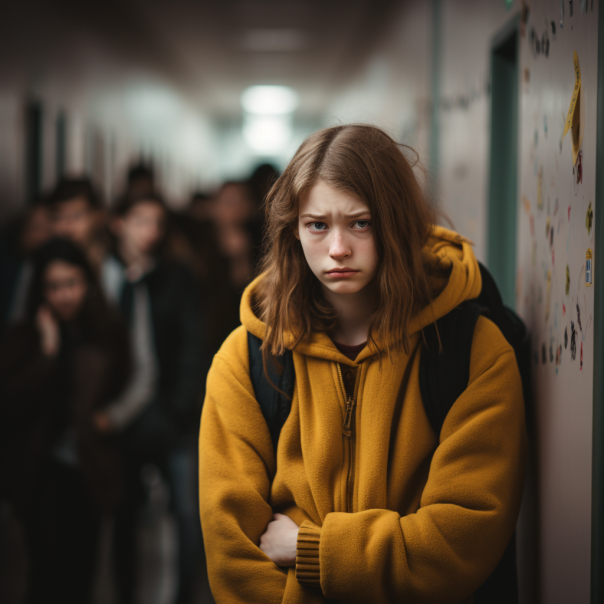


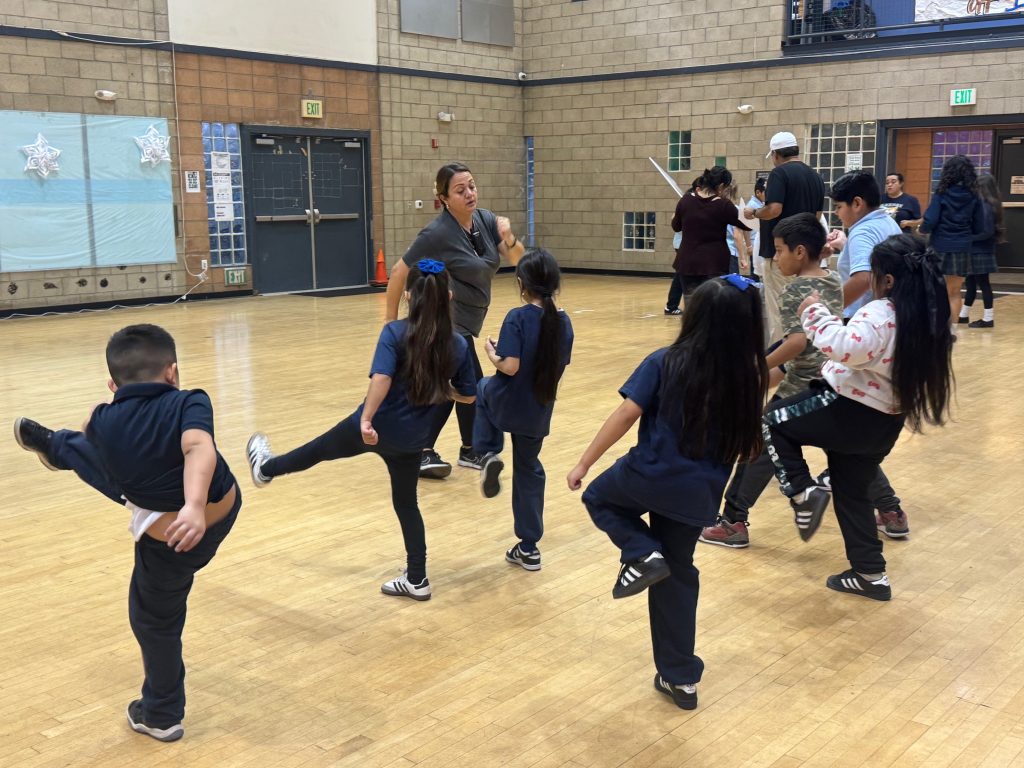
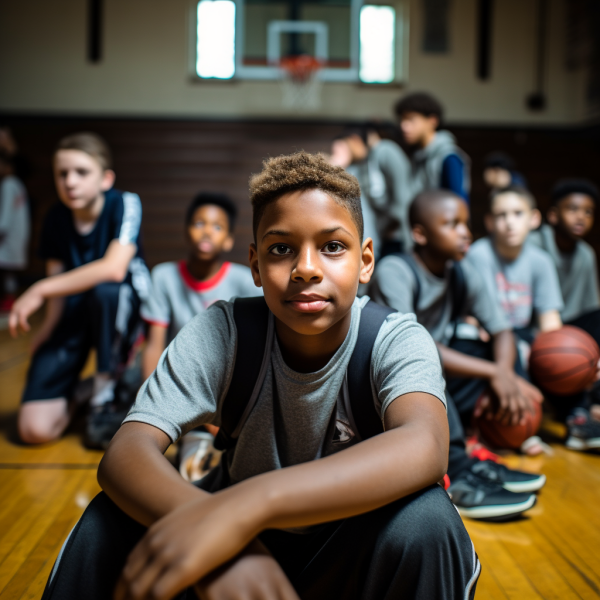
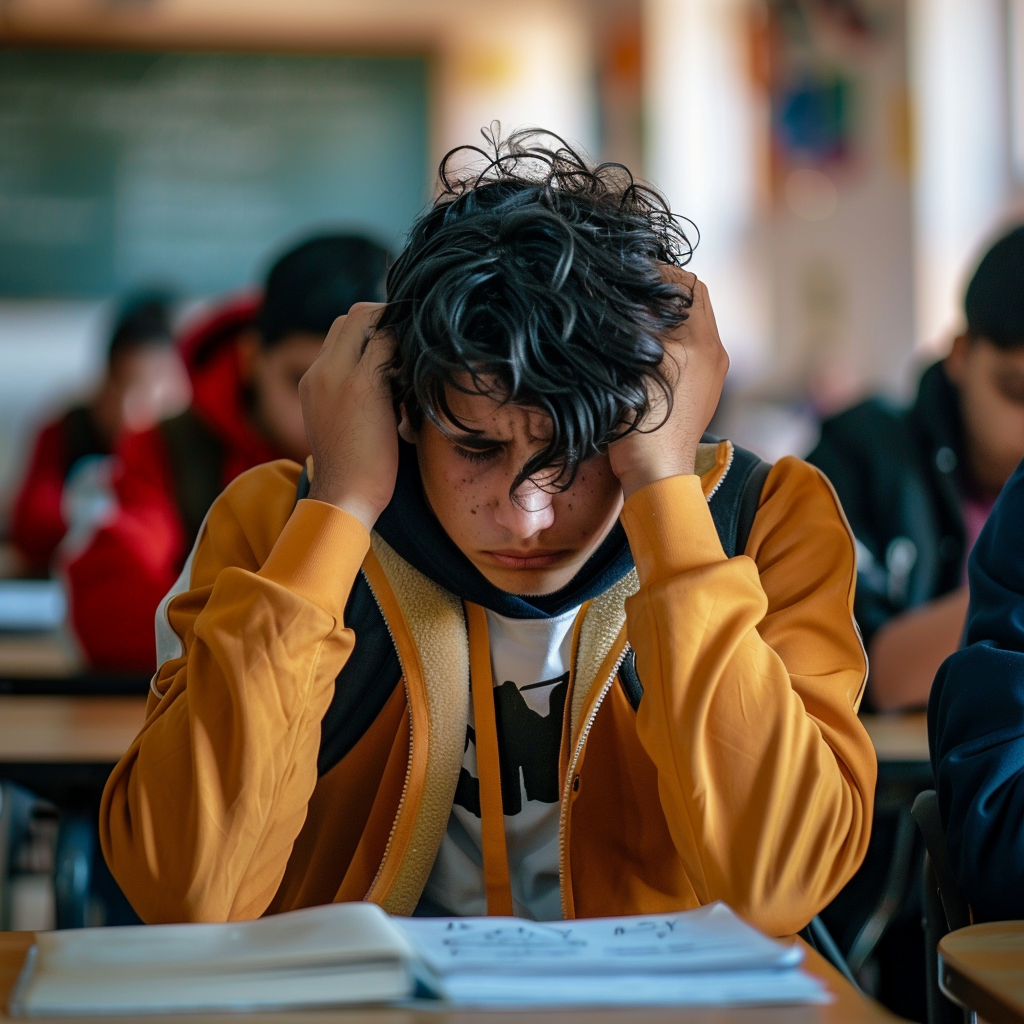

1 Comment. Leave new
[…] food clinging to the roof of their mouth. It may stem from childhood sensory trauma or choking anxiety. Most cope by avoiding peanut butter, eating only diluted versions, or even avoiding foods with […]